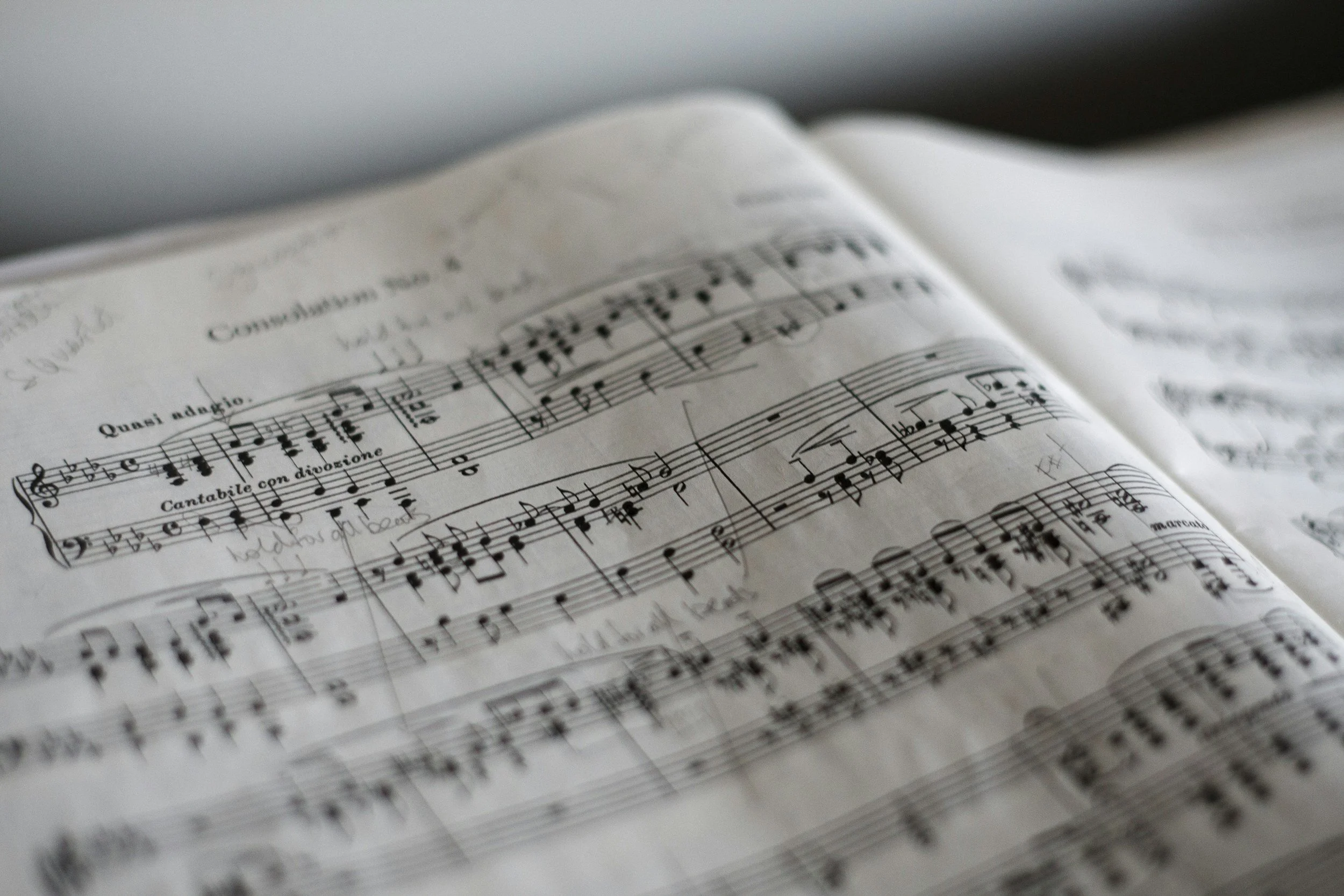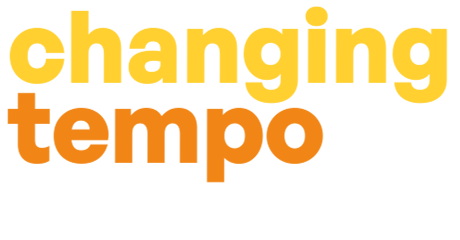
Learning how to compose music later in life
Rediscovering music - exploring piano, music theory and composition.
Welcome
I’m embracing a change in tempo - a chance to reconnect with my love of music
Music played a big part in my younger years, but life and my career took me in a different direction. Now, in my 50s, I’m returning to that passion - starting from scratch and learning how to compose music later in life. I’m learning to read music properly, exploring piano, music theory, composition and orchestration, all as an adult from home, and trying my hand at composing in GarageBand and Logic Pro while documenting the journey along the way.
Changing Tempo is where I share what I’m discovering: the small breakthroughs, the challenges, and the joy of immersing myself in music again.
1985 me!
Join me on the journey
What I’m learning
The final countdown: cracking the code to music theory
After hitting pause and play on learning to read music more times than I can count, I’m starting again from scratch, taking it one step at a time. I’m also exploring music theory, composition and orchestration and getting to grips with GarageBand, Logic Pro and sample libraries. Hopefully, the essentials of all this will start to click.
Compositions
The scores on the DAW: my orchestral and cinematic music experiments
I’m new to composing and still learning as I go. I’m exploring the sounds of the orchestra, writing short pieces that blend classical and cinematic styles, and experimenting with virtual instruments and sample libraries in Garageband and Logic Pro. Here’s a taste of what I’ve been working on. Click below to listen.
A quick sketch of an idea for an epic cinematic trailer.
© Anne Tregoning 2025
Equipment
Powering up: equipment and software
I’m still getting to grips with the technical side of composing, but here’s the gear and software I’m using to learn, experiment, and create my first orchestral and cinematic pieces.
FAQs
-
Not at all. It’s never too late to learn music or to reconnect with it. Starting later in life can actually be an advantage as we have more patience, curiosity, and perspective. Progress might feel slow at first, but it’s incredibly rewarding to see our understanding and confidence grow over time.
-
Yes, you can. All you need is a laptop, a digital audio workstation (DAW), a MIDI keyboard, headphones, a simple audio interface, and some free virtual instruments to get you started. Then just begin. Keep learning, keep experimenting, and try to do a little bit every day.
-
It’s not always easy, but it helps to keep things simple and regular. I try to set aside a minimum of around half an hour each day, often after supper or early in the morning. The trick is not to aim for perfection, just consistency.
-
Many successful musicians and composers play by ear or use digital audio workstations (DAWs) with MIDI controllers and ‘piano roll’ interfaces to create and edit notes visually. But I think reading notation and understanding more about music theory will really open up the tool bag for composing more effectively. I used to find it overwhelming, but focusing on small steps, and starting with the basics is proving a good approach.







It’s been just over five weeks since I sat down and committed to learning piano properly as an adult beginner. Here’s what I’ve learnt so far.